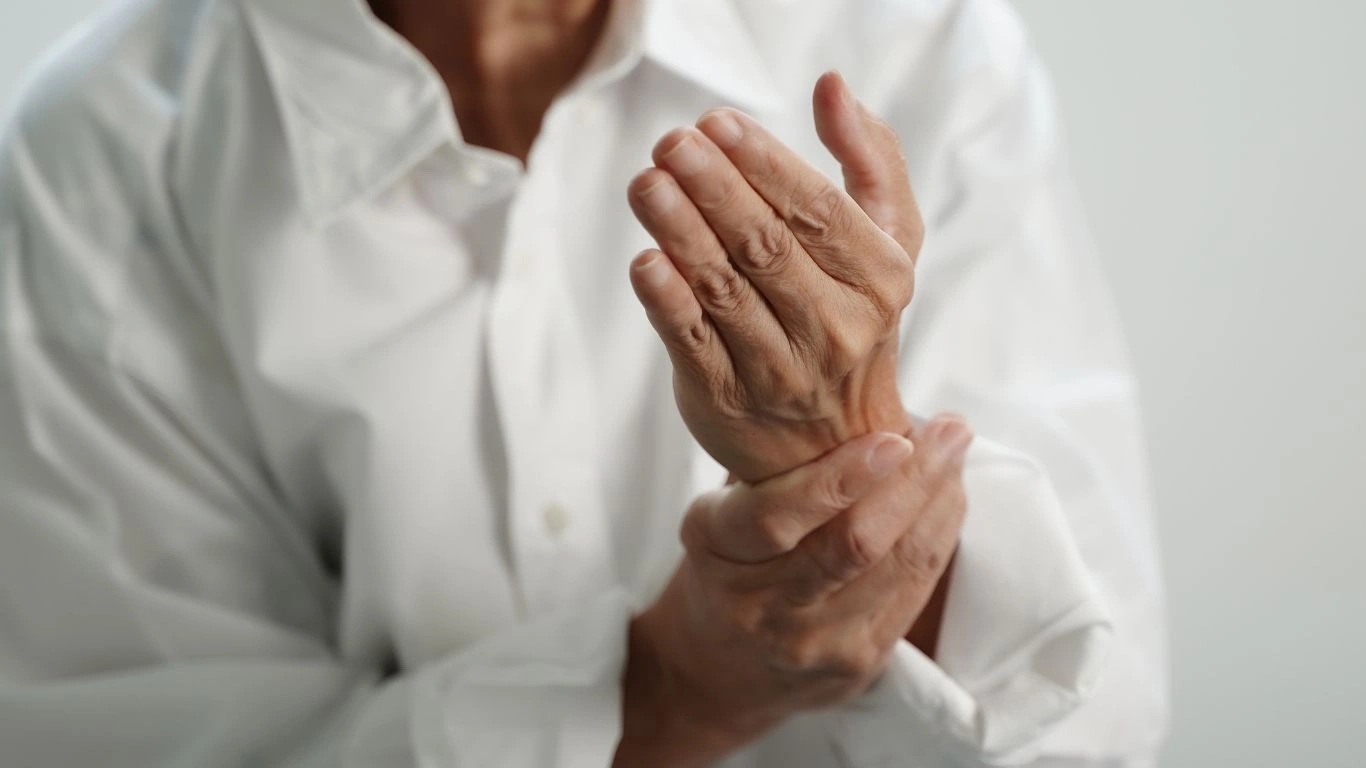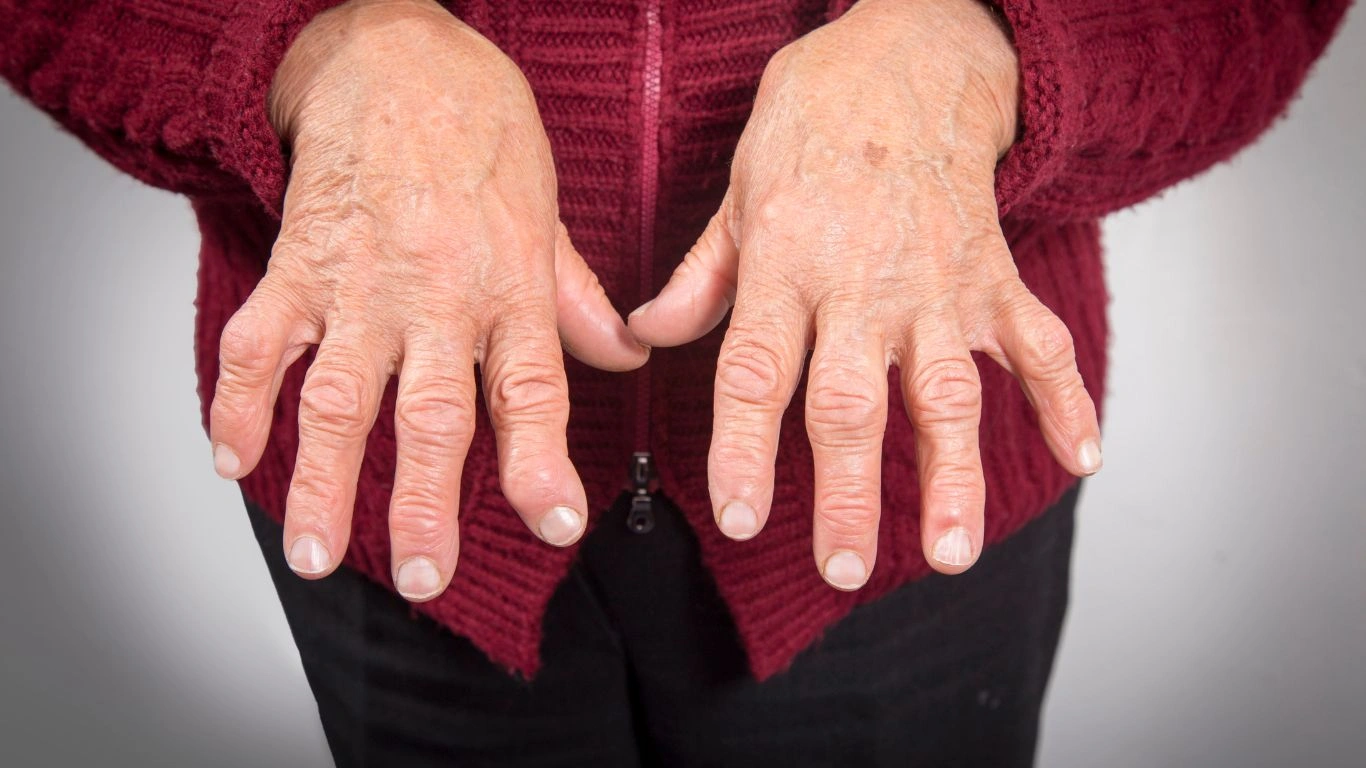Living Better with RA and Chronic Shoulder Pain
RA and chronic shoulder pain can feel like a frustrating, never-ending loop of stiffness, inflammation, and just plain discomfort—something I’ve seen countless times working as a Rheumatology nurse practitioner. In fact, some of the most persistent complaints I hear from my patients revolve around the shoulder. While many associate rheumatoid arthritis (RA) with hand and wrist joints, the shoulders can be equally affected, often earlier than people realize. If you’re dealing with ongoing shoulder pain and wondering if it’s more than just a pulled muscle or age catching up with you, this article might shed some light based on both clinical knowledge and lived patient experiences.
Understanding RA’s Sneaky Impact on the Shoulder

When I first started seeing patients with early-stage RA, I noticed a surprising number had issues that began in the shoulders. These weren’t your typical wear-and-tear pains. What they described was more like a dull, deep ache that never really left—almost like the joint was constantly irritated. That’s exactly what happens in RA. It’s not just about joint erosion, but also chronic inflammation of the synovium, the lining that cushions your joints.
What Makes Shoulder Pain in RA Different?
In a nutshell, it’s the type of pain and how it behaves. With RA, the pain tends to be symmetrical (both shoulders), worse in the mornings, and often accompanied by noticeable stiffness. One of my patients described it as feeling like they’d “slept with bricks on both shoulders.” Unlike an acute injury, RA-related shoulder pain builds up gradually and stays unless treated effectively.
- Persistent dull ache: Unlike sharp, injury-based pain, RA pain lingers.
- Reduced range of motion: Many struggle with simple tasks like brushing their hair or reaching for a coffee mug.
- Warmth and swelling: Although not always visible, inflammation often causes heat around the joint.
Why RA Loves to Target the Shoulder (Eventually)

RA doesn’t exactly play favorites when it comes to joints, but it does follow a kind of timeline. Hands, wrists, and feet tend to be the first affected, but over time, it often migrates to the larger joints—including the shoulders. The ball-and-socket structure of the shoulder actually makes it more prone to inflammation buildup over time. Add in daily use, poor posture, or even sleeping habits, and you’ve got a recipe for chronic pain.
Signs It’s Time to Consider RA in Your Shoulder Pain
If you’ve been living with unexplained shoulder discomfort and nothing seems to help, it might be worth asking your provider about RA—especially if you already have a diagnosis or family history. Some tell-tale signs to look out for:
- Morning stiffness lasting more than 30 minutes.
- Both shoulders hurting in a similar way.
- Accompanying fatigue, low-grade fevers, or weight loss.
- Noticeable change in mobility or strength.
From my clinical experience, these subtle red flags are often missed—especially when the pain is dismissed as a frozen shoulder or rotator cuff issue. But with early recognition and the right treatment, we can actually prevent significant joint damage and improve quality of life dramatically.
The Emotional Toll of Chronic Shoulder Pain in RA

Beyond the physical discomfort, what’s often harder to address is the emotional wear-and-tear that comes with RA and chronic shoulder pain. I’ve had heart-to-hearts with patients who felt isolated, frustrated, and even depressed because they couldn’t do things they once loved—gardening, painting, hugging their grandkids. Pain that doesn’t go away has a sneaky way of wearing down more than just the body.
One woman in her 40s broke down in tears during a follow-up visit—not because of the pain itself, but because she had to give up her favorite yoga class. These aren’t minor lifestyle changes. They’re real losses that need to be acknowledged in the care plan. That’s why empathy, active listening, and individualized treatment are just as important as prescriptions and labs.
Managing RA and Chronic Shoulder Pain Day-to-Day

One thing I always tell my patients is that managing RA and chronic shoulder pain isn’t just about taking meds—though those definitely help. It’s about creating a lifestyle that supports your joints and minimizes flare-ups. I’ve watched people completely transform their quality of life by tweaking their routines just a bit. And no, it doesn’t have to be overwhelming or restrictive.
Let’s talk about the little things that go a long way. For starters, keeping your shoulder joints moving without overdoing it can really help preserve mobility. I often recommend gentle range-of-motion exercises, and yes, even on flare days—but modified. We’re not talking CrossFit here. Think shoulder rolls, wall walks, or even using a heating pad before moving can make it easier.
Daily Strategies That Actually Work
These are simple, evidence-backed tricks I’ve seen work again and again:
- Warm showers in the morning: They can loosen up stiff joints and set a better tone for the day.
- Adaptive tools: Using long-handled reachers or ergonomic utensils reduces unnecessary shoulder strain.
- Activity pacing: Plan out your day with breaks to avoid overusing your joints. You’re not lazy—you’re smart.
- Anti-inflammatory diets: Think less sugar, more omega-3s. A few of my patients swear by turmeric smoothies, and honestly, I’ve tried them myself—they’re not half bad!
Medication Isn’t One-Size-Fits-All

Let’s be real for a second—RA medications are not always a walk in the park. Some work wonders, while others come with side effects that make you wonder if it’s worth it. That’s where we come in as providers: to help fine-tune what works for your body. I’ve seen patients thrive on methotrexate alone, while others needed to escalate to a biologic like adalimumab or etanercept before seeing real shoulder improvement.
The goal isn’t to throw meds at the problem, but to find the right combination with the fewest side effects. It’s a balance. I always emphasize lab monitoring and regular check-ins because catching inflammation early—before it eats away at joint cartilage—is key to protecting those shoulders long-term.
DMARDs, Biologics & More: A Quick Rundown
- DMARDs (Disease-Modifying Anti-Rheumatic Drugs): These slow down the disease—not just treat symptoms.
- Biologics: Targeted therapies that can dramatically reduce shoulder pain if your RA is resistant to other treatments.
- NSAIDs & steroids: Great for short-term relief, but not a long-term solution.
Fun fact: One of my patients used to call her methotrexate injection day “mini reset day” because it made her feel just enough relief to plan her week better. Small wins count.
Physical Therapy: The Unsung Hero

If I could shout one thing from the rooftops about RA and chronic shoulder pain, it’s this: don’t skip physical therapy. The magic happens in those consistent, guided movements that gently build strength and flexibility without making inflammation worse. I can’t tell you how many people initially roll their eyes when I mention PT—only to become its biggest cheerleaders a month later.
And it’s not just about exercises. Physical therapists teach joint protection techniques that preserve your shoulder function in everyday tasks. One of my patients even filmed her PT sessions to remember her home routine better—and ended up inspiring a couple of her RA support group friends to try it too!
What to Expect from a Good PT Program
- Personalized movement plans: Everyone’s range of motion is different. Good PTs take that into account.
- Posture correction: Shoulder pain often worsens with poor alignment. Small tweaks = big results.
- Home-based adaptations: Many exercises can be done with a resistance band or soup cans—no gym needed.
Also, don’t underestimate the confidence boost. Regaining function—even in small doses—can be a huge emotional lift. That emotional connection to recovery is something we don’t talk about enough in medicine, but it’s real, and it matters.
Stick around for the next part where we’ll dig deeper into integrative therapies, how sleep and stress tie into flare-ups, and some real patient success stories you’ll want to hear.
Integrative Therapies: Supporting the Shoulder Holistically

Let’s talk about those “non-traditional” options—because trust me, they’re not as out-there as they used to sound. When you’ve been living with RA and chronic shoulder pain, you start to understand that healing isn’t just physical. It’s emotional, environmental, and sometimes even spiritual. I’ve seen firsthand how integrative therapies can give that extra bit of relief when meds and physical therapy aren’t quite enough on their own.
For example, acupuncture might not work for everyone, but I had a patient who swore it gave her a noticeable difference in shoulder tension after just a few sessions. And that was after trying three different DMARDs with limited success. Same goes for practices like tai chi and gentle yoga. They’re not about pushing through pain—they’re about moving mindfully and restoring some control over your body again.
Natural Approaches Worth Exploring
- Acupuncture: May reduce inflammation and improve range of motion when combined with conventional treatment.
- Massage therapy: Helps with muscle tension and improves circulation around the shoulder.
- Mind-body practices: Meditation and breathing exercises can lower stress-induced flares.
- Supplements: Omega-3s, turmeric, and vitamin D—just make sure your provider signs off first.
Again, these aren’t meant to replace traditional treatments, but when integrated wisely, they can offer relief beyond what’s measurable in lab results. From a clinical perspective, I love seeing patients reclaim their routines with the help of these additions.
The RA-Stress-Sleep Connection

Here’s something that’s often overlooked when dealing with RA and chronic shoulder pain—your nervous system. I’ve had countless conversations in clinic rooms where a patient’s pain flared up out of nowhere… only to later find out they’d been running on 4 hours of sleep or dealing with a ton of stress at home or work.
Stress isn’t just “in your head.” It can stir up the immune system in ways that worsen inflammation. Same goes for poor sleep. If your body isn’t getting proper rest, it can’t repair or regulate inflammation effectively. I always remind my patients: treating RA doesn’t stop when you clock out of your doctor’s office. It’s a 360-degree approach, and sleep hygiene and stress management are major players.
Practical Tips for Better Rest and Less Stress
- Stick to a sleep routine: Go to bed and wake up around the same time daily—even on weekends.
- Limit screens: That blue light keeps your brain wide awake. Try winding down with a book or relaxing music instead.
- Gentle nighttime stretches: These can reduce shoulder tension before bed.
- Journaling or guided meditation: Mental clutter can keep RA on high alert. Let it out in a healthy way.
I often recommend apps like Calm or Insight Timer, and several of my patients have found real comfort in evening body scan meditations. It’s about creating space for your body to rest and reset.
Real Stories, Real Hope
One of the most rewarding parts of my job is seeing people turn their pain stories into comeback stories. Like Carla, a retired schoolteacher who came to me barely able to lift her arm. We worked together on a plan that included a low-dose biologic, physical therapy, and eventually, chair yoga. A year later, she was painting again—shoulders moving freely, mind at ease.
Then there’s Mike, a 52-year-old who initially didn’t want to try anything but meds. When flares kept happening, we added mindfulness practices and omega-3 supplements to the mix. Not only did his flare frequency drop, but he told me he felt “like his body finally started cooperating again.”
These aren’t miracle stories. They’re the result of consistent, collaborative care—and a willingness to explore beyond just prescriptions. RA and chronic shoulder pain may not be curable, but they are manageable with the right approach. Your care should be as unique as you are.
References
- https://www.arthritis.org/
- https://www.rheumatology.org/
- https://www.mayoclinic.org/
- https://www.niams.nih.gov/
Disclaimer
This article is for educational purposes only and does not replace medical advice from your healthcare provider. Always consult your rheumatologist or primary care provider for personalized guidance before starting any new treatment, supplement, or therapy. The strategies mentioned are based on both evidence-based practice and my clinical experience as a rheumatology nurse practitioner.

Tarra Nugroho is a dedicated Nurse Practitioner with a strong foundation in family and preventive care. She brings both compassion and clinical expertise to her practice, focusing on patient-centered care and health education. As a contributor to Healthusias.com, Tarra translates medical knowledge into clear, empowering articles on topics like women’s health, chronic disease management, and lifestyle medicine. Her mission is simple: help people feel seen, heard, and informed—both in the clinic and through the content she creates. When she’s not caring for patients, Tarra enjoys weekend hikes, plant-based cooking, and curling up with a good health podcast.






